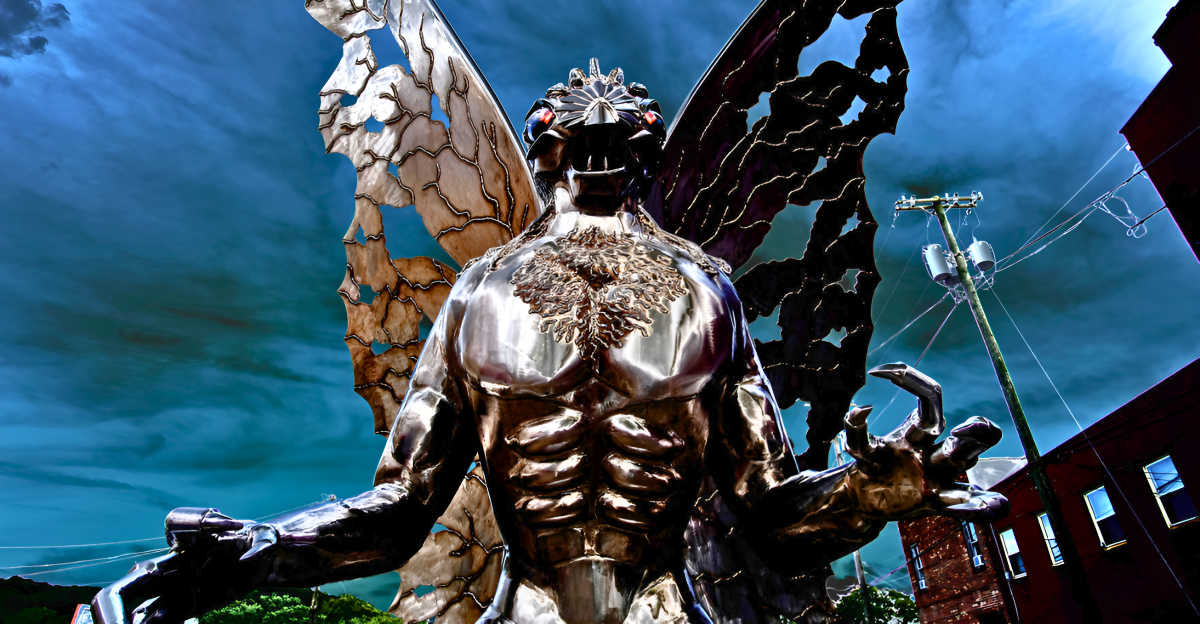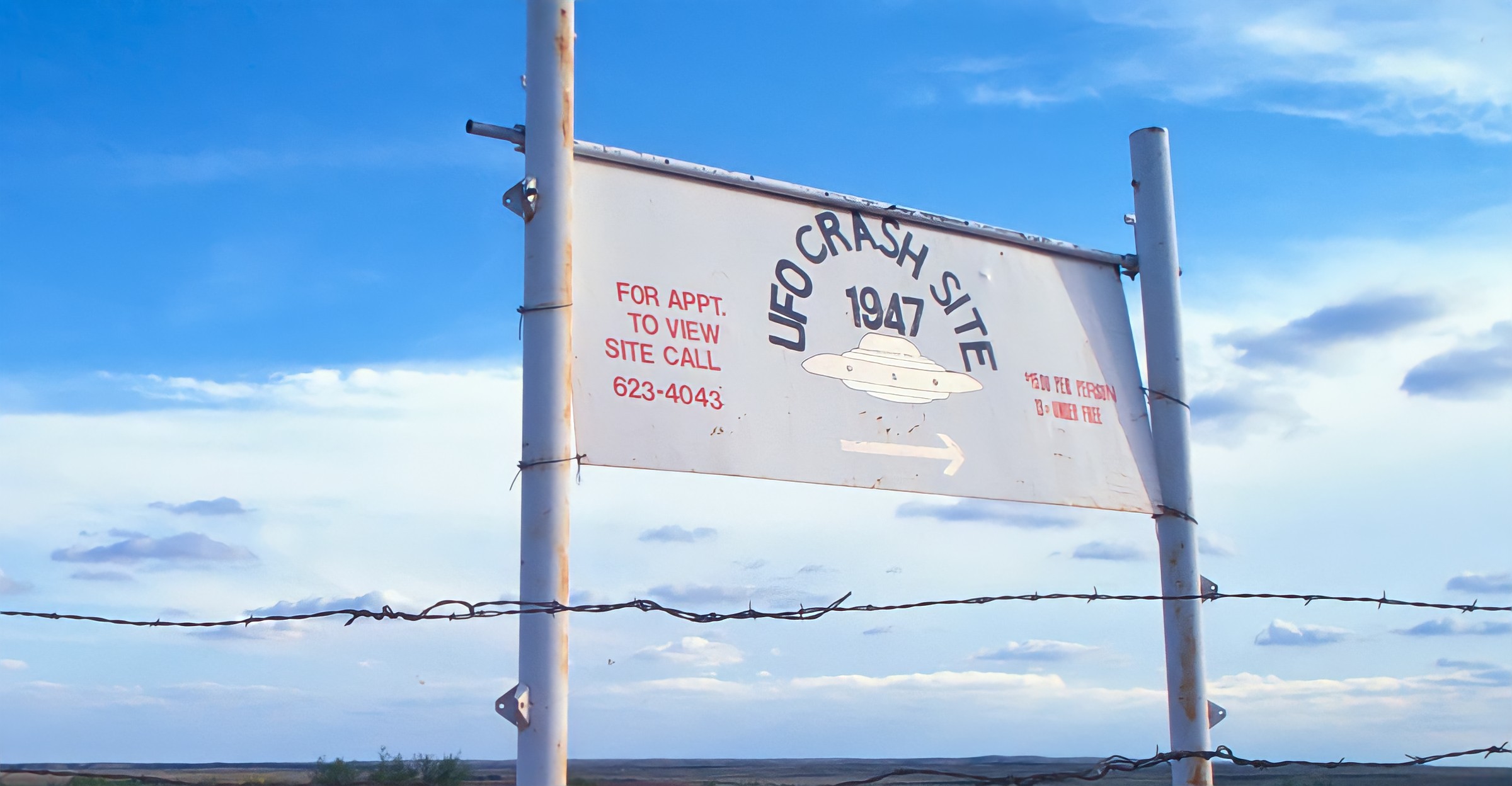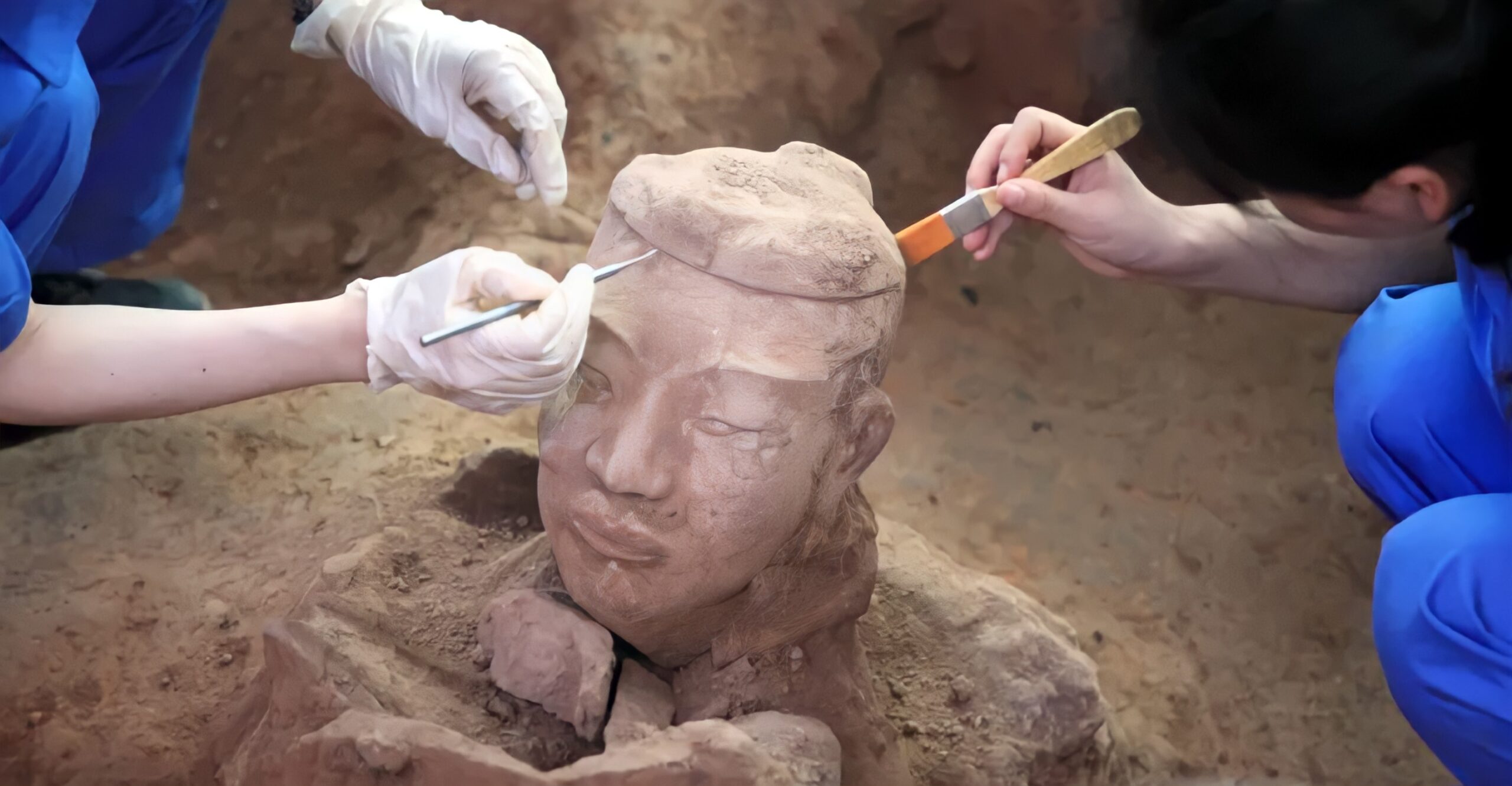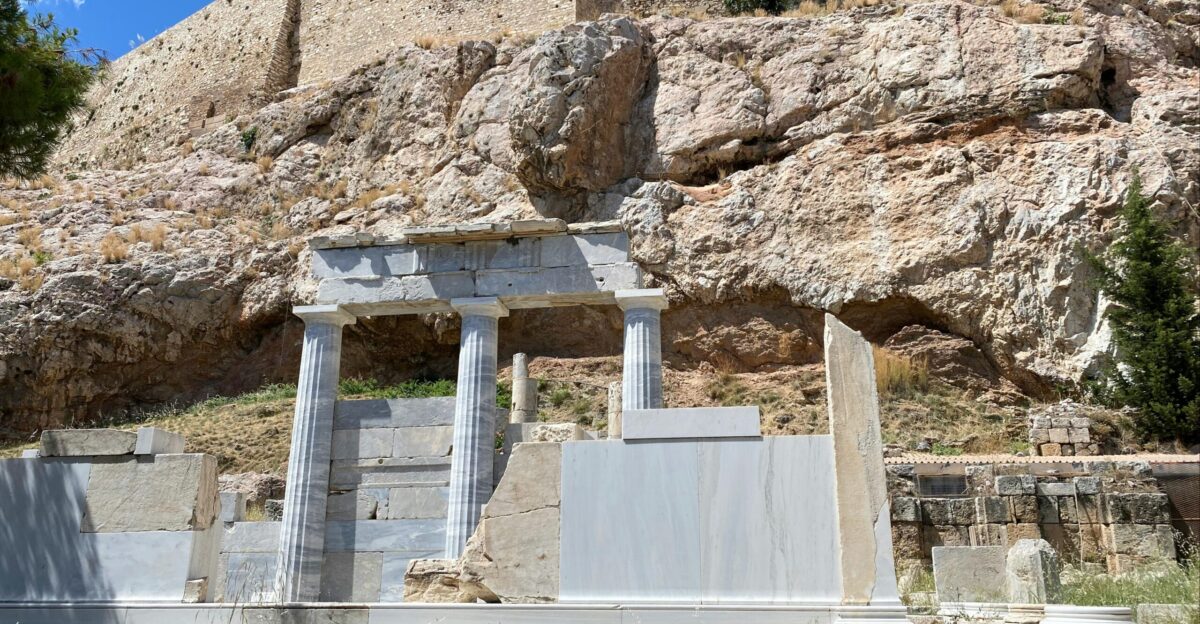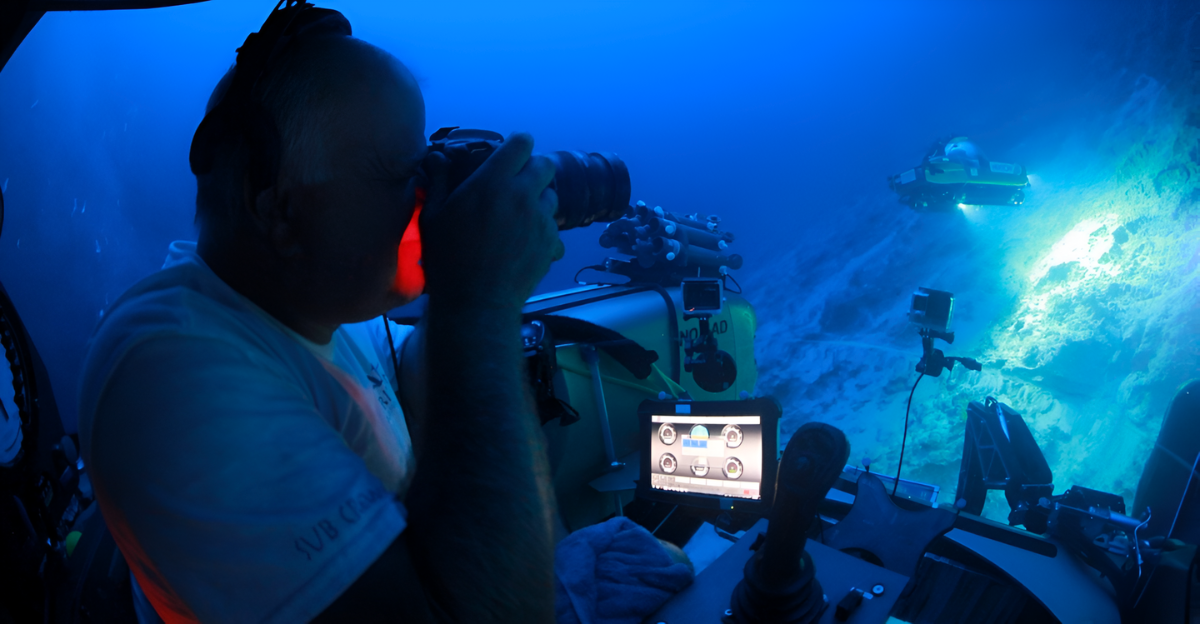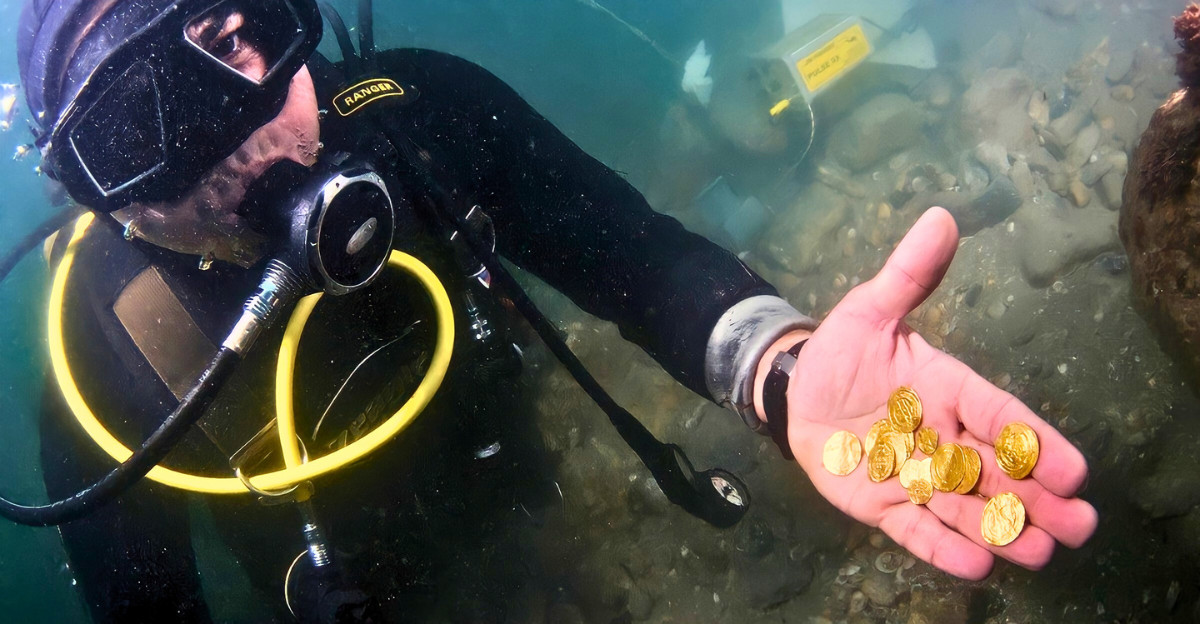
The ocean has told tales of submerged riches and drowned cultures for centuries. In more recent years, its whisper was a bit louder.
Off Colombia, a dramatic find of silver and gold coins centuries old has revived interest in what most would judge as the most valuable shipwreck ever discovered. But what is the true tale behind the coins?
Where did they originate, and why are experts calling this “the richest wreck in history”? Let’s explore and find out how this sea mystery may rewrite treasure-hunting history.
Treasure Beneath the Tides
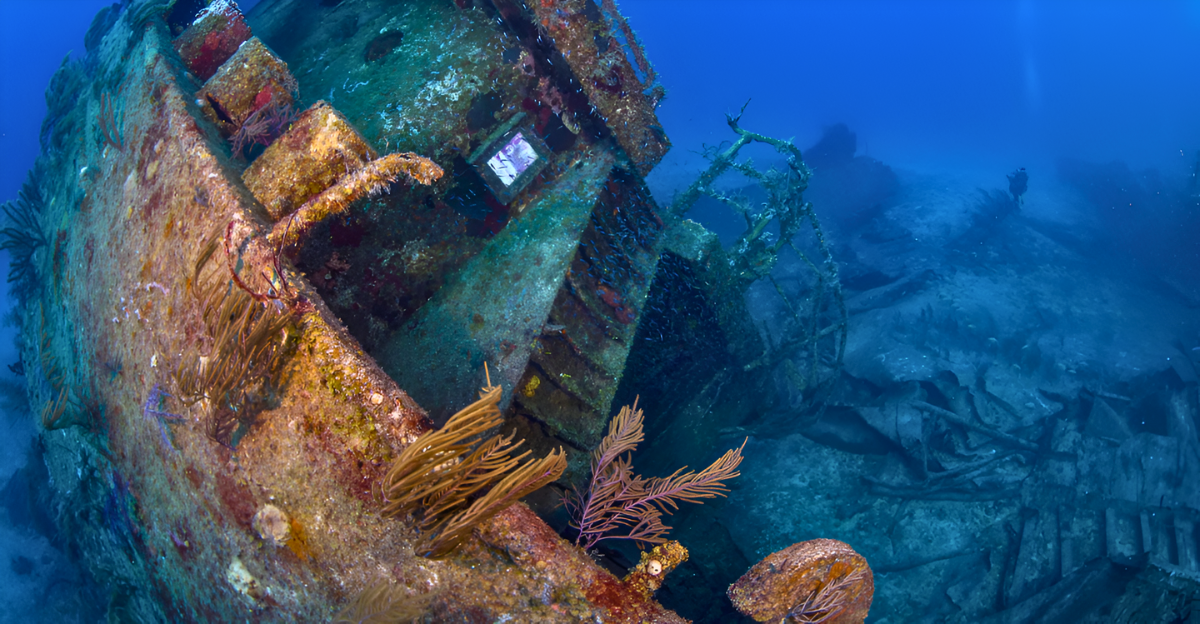
The oceans are the final resting places for lost ships, with somewhere in the vicinity of three million wrecks lying beneath their surface.
Some were never heard from again, others were discovered after years—and some contain untold treasure.
One of the most famous among them is the Spanish warship San José, a ship said to have been laden with jewels, coins, and gold when it went down more than 300 years ago. Coins recently discovered may be the breadcrumbs to this legendary treasure.
Ghost Ships and Global Intrigue
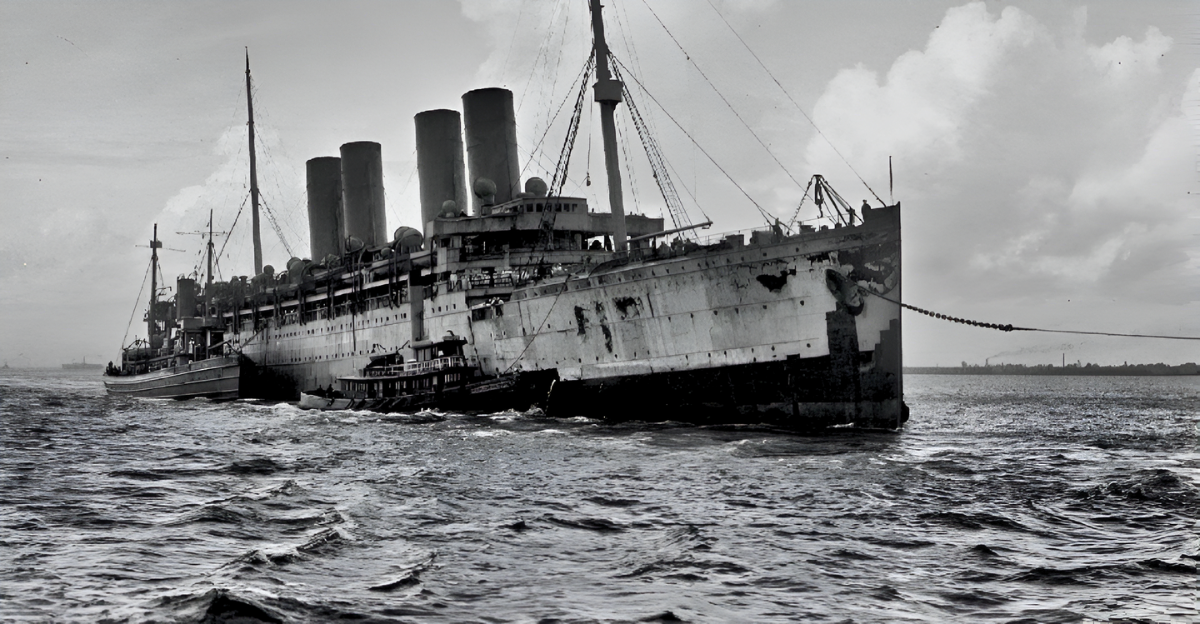
From Titanic to Mary Rose, shipwrecks have enthralled the world over many decades. Some were horrific tragedies. Others, enigmas. And some? Unbelievably decadent. The romantic fantasy of treasure chests sparkling in submarine caves has fascinated us for long enough.
But this time, it’s not fantasy—real coins lifted from the seafloor, attributed by experts to a wreck valued at an eye-watering $17 billion. But how can we be sure they came from this wreck?
The San José: A Galleon Fit for Kings
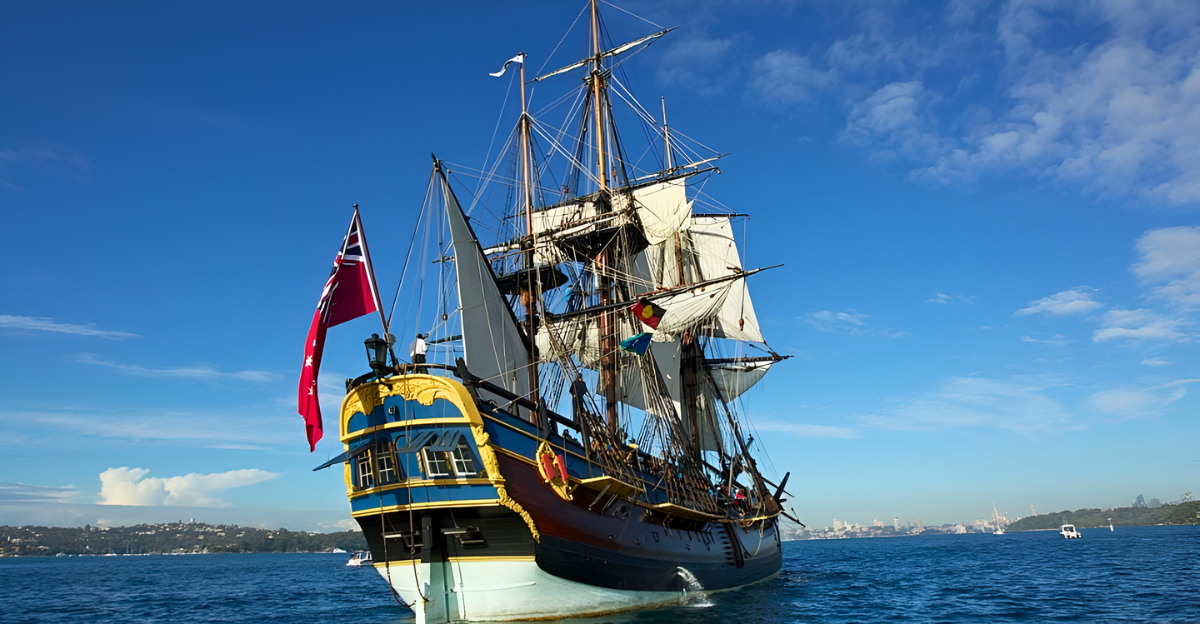
The San José was no ordinary ship. Commissioned by the Spanish Crown in the early 1700s and employed in the South Sea Fleet, which was responsible for bringing Spain the wealth of the colonies, it carried a staggering cargo of emeralds, silver, and gold—worth billions today.
But in 1708, it was destroyed in a sea battle with the British and sank off the coast of present-day Colombia.
A Fire, A Fight, A Billions-Dollar Loss
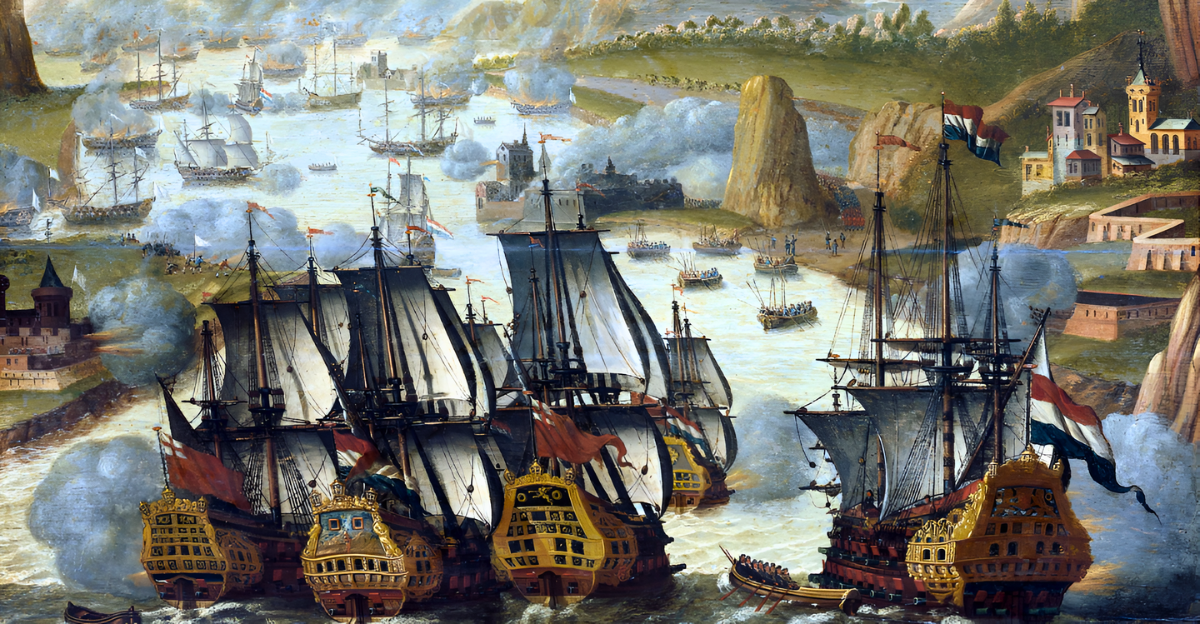
On June 8, 1708, when the Spanish Succession War was at its peak, the San José was blasted by British warships. Cannons roared, and splintered hulls as the San José blew up, with almost 600 lives lost along with its treasure.
The wrecking spot of the San José slipped into oblivion for centuries—until in 2015 there were speculations that it might have been discovered. But there was no evidence.
Coins That Speak Volumes

The newly discovered coins—gold doubloons and silver reales—are of the same minting pattern and dates as the San José period. The fact that they were found in a nearby site off the coast of Colombia has generated buzz in the world of underwater archaeology.
They are not simply artifacts. They are clues. Clues that point directly to the lost galleon and its multi-billion-dollar loot.
Why This Discovery Matters
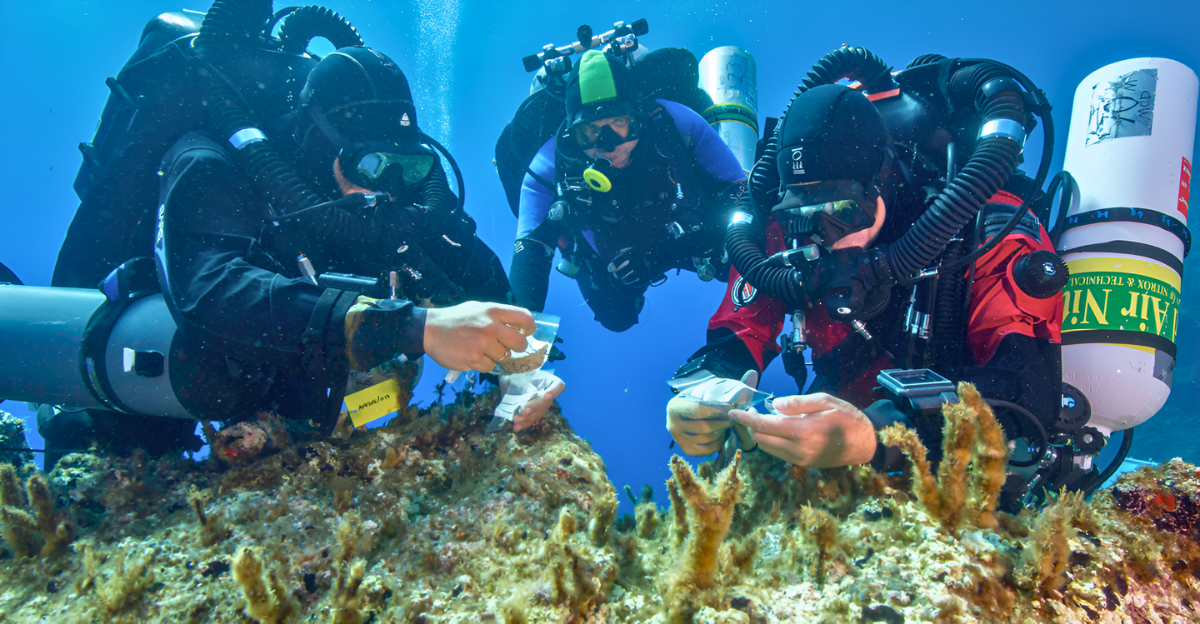
It’s not only about money. It’s also about history. Every recovered San José coin from the ocean floor takes a picture of the world then—economic giants, trade routes, colonial politics, and naval conflicts.
For archaeologists and historians, the San José is a treasure trove of information. To governments and treasure hunters? The holy grail. But recovering it is not as easy as it sounds.
A Legal Tug-of-War Beneath the Waves
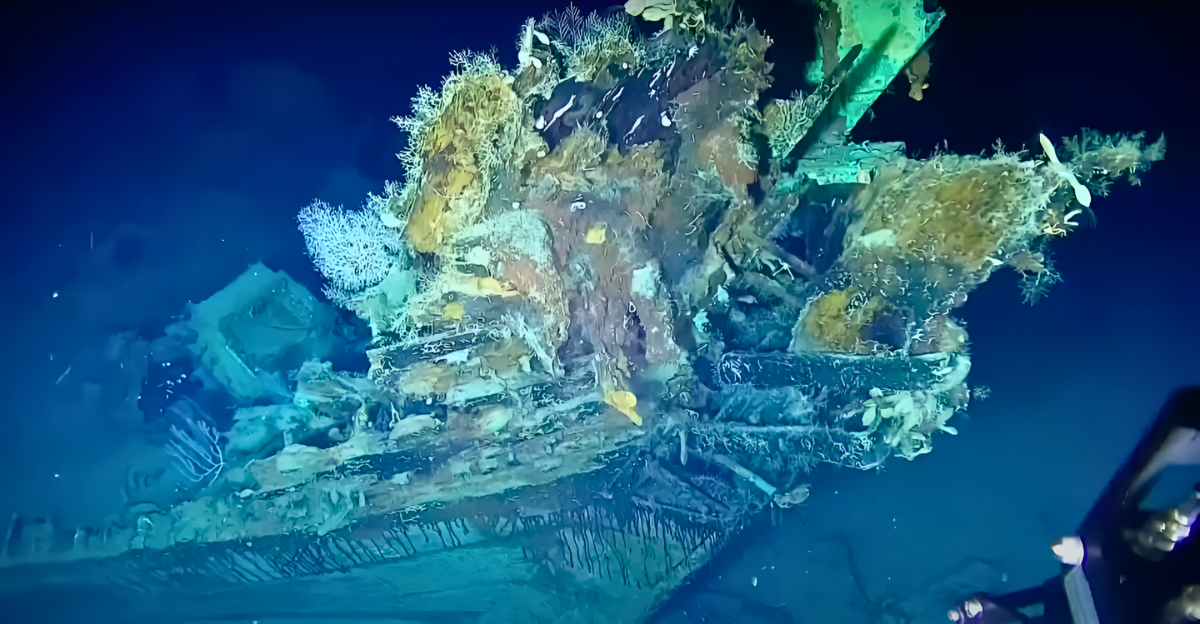
The San José’s grave has turned out to be the origin of a bitter court fight. Colombia insists on it under international sea law. Spain claims it as a historic warship of their navy.
And the heirs of the British privateers who took her? They’ve joined the fight as well. With an estimated $17 billion on the line, the San José is now the focus of one of maritime history’s most costly courtroom struggles.
Deep Sea Tech Makes the Impossible Possible
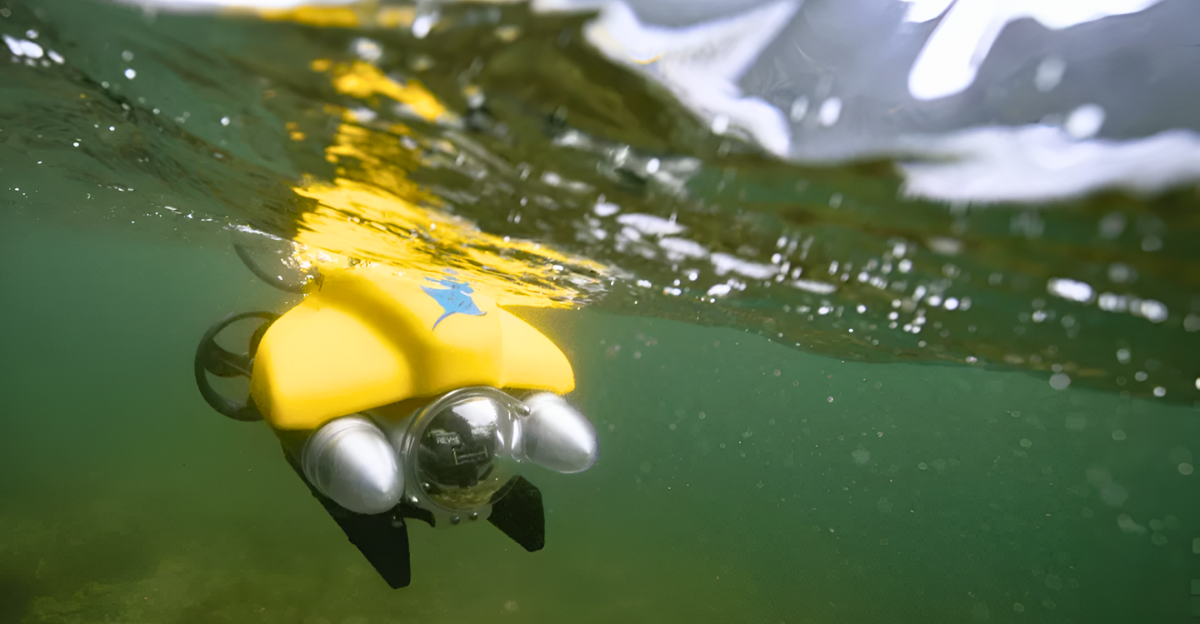
The newest coin discoveries would be impossible without state-of-the-art underwater search equipment. Remotely operated vehicles (ROVs), sonar charting, and high-definition imaging have made the ocean floor an open book.
These technologies have verified the coins’ locations, and they may soon uncover the entire wreck—unaltered and glinting beneath tons of silt and secrets.
Not the Only Shipwreck With Riches
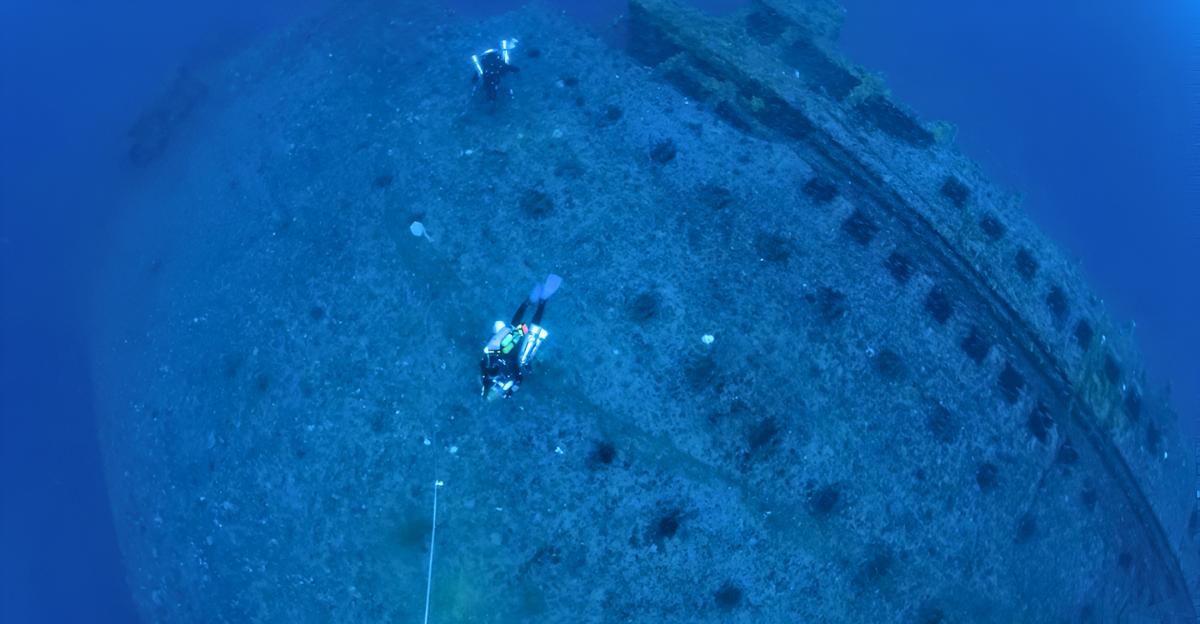
The San José is perhaps the most coveted, but it is by no means alone. The sea is filled with thousands of wrecks, each with its own story—and occasionally, gold.
The treasures of the RMS Titanic to the ghoulish wreckage of the HMS Terror, all offer us a glimpse of how short and vulnerable human achievement can be. But few blend mystery, profit, and political tension like the San José.
Colombia’s Race Against Time
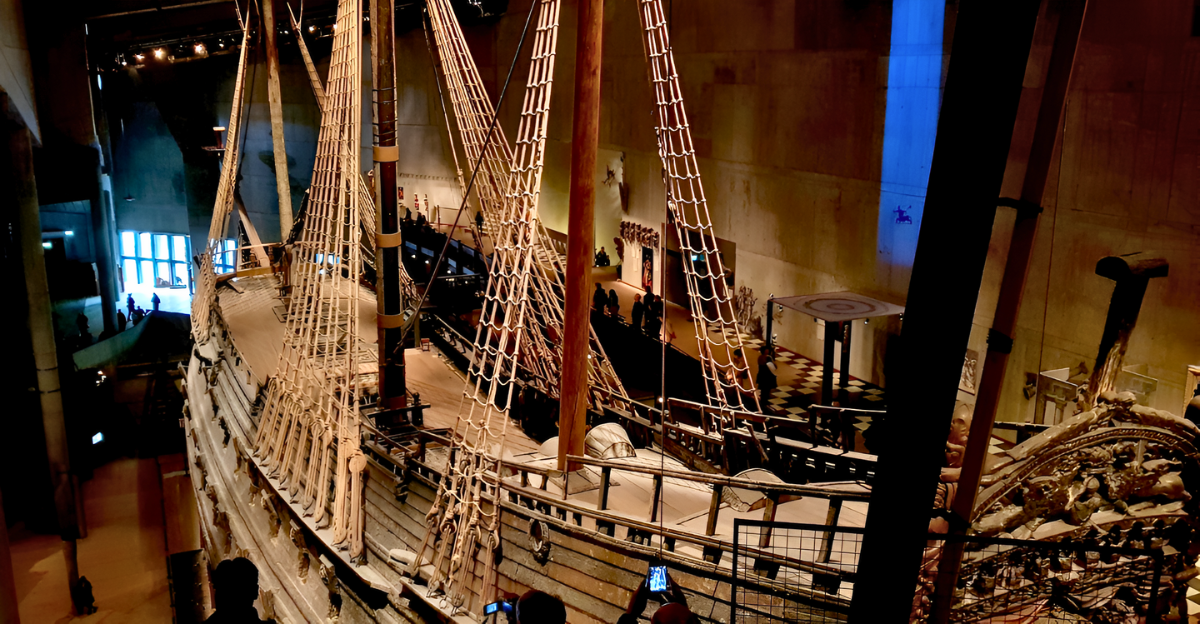
Since San José is outside Colombian waters, the country plans to construct a museum dedicated to the salvage.
Be warned, though: oxygen exposure can rapidly destroy any of the remaining wooden sections or fragile artifacts. Unfortunately, time is now the enemy of the wreck, which was speedier for more than three centuries.
Who Gets What
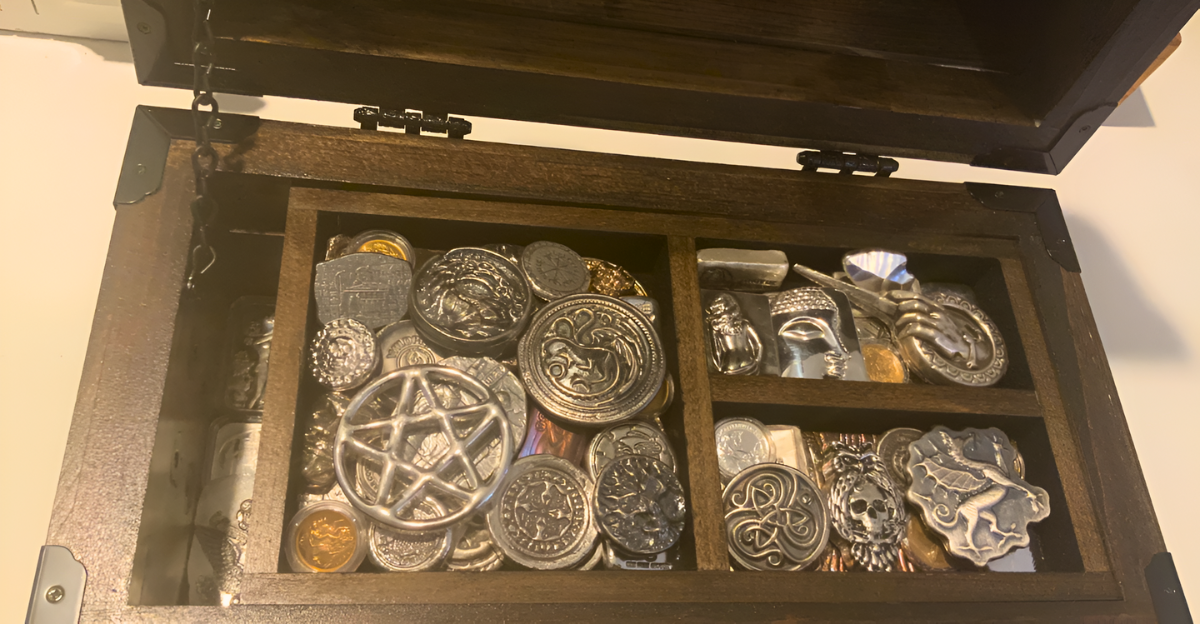
The million-dollar question: who gets the treasure? If found, will it bankroll museums, pad government coffers, or find its way to collectors’ shelves?
As of now, Colombian law dictates that some of the recovered treasure goes into the national patrimony, but pressure from abroad might change all of this. Meanwhile, the coins are a teaser—a tantalizing reminder that the real treasure lies beneath.
A New Era of Shipwreck Exploration

This find is a turning point. With improved tech, political will, and public interest, shipwreck hunting awaits a golden age.
No longer the province of dreamers and adventurers alone, it’s now an expensive hybrid of science, history, and international law. And the San José? It’s the poster child for what can be achieved when mystery and opportunity intersect.
The Real Treasure Might Be the Story
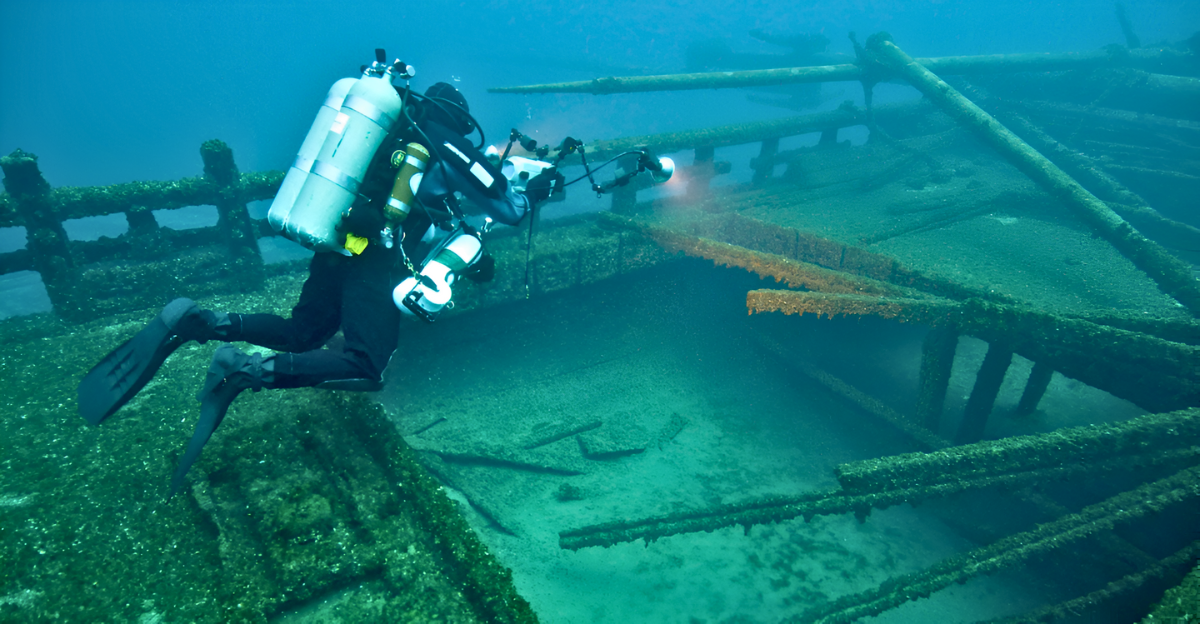
As scientists study every coin, every relic, it becomes clear that the real value of the San José is not gold but what it reveals.
Of empires that rose and fell. Of ambition, struggle and tragedy. Of how a few coins can illuminate centuries of history. Richest shipwreck of all time? It could be. Richest in awe and significance? Absolutely.


